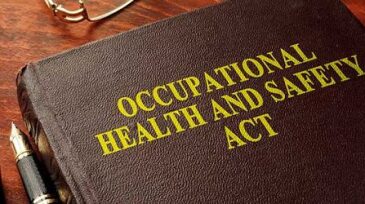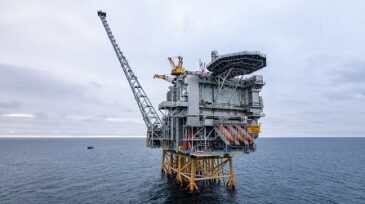Safety
A resilience-based approach to safety was the focus of a panel of experts at the 2025 SPE Annual Technical Conference and Exhibition in Houston.
This paper focuses on developing a model that can be used in an automated, end-to-end flare-smoke detection, alert, and distribution-control solution that leverages existing flare closed-circuit television cameras at manufacturing facilities.
This paper presents a physics-informed machine learning method that enhances the accuracy of pressure transient analysis, predicting reservoir properties to enhance waste slurry injection and waste disposal.
-
In 2019, the oil and gas industry experienced 25 deaths, according to a new report released by the International Association of Oil and Gas Producers. This compares with 31 fatalities in 2018.
-
As the science has developed, accident-causation models have improved understanding of why accidents happen and how to reduce their likelihood. In more contemporary models, this approach also has been used to improve the understanding of why things go right and how to increase that likelihood.
-
The IOGP Safety Committee has conducted a multiyear strategic project to focus on fatality prevention, known as Project Safira, which addresses transportation safety, personal safety, and process safety. This paper presents data-analysis work conducted on process safety and the associated learnings.
-
The question is: Why do workers continue to get injured on the job despite federal standards interjecting?
-
A new initiative from the Society of Petroleum Engineers has grown from the “Getting to Zero” technical report released in 2018. SPE has teamed with CEDEP to launch the Safety Leadership Academy, a three-phase program designed to address obstacles to achieving zero harm.
-
An analysis of existing wells in the Martin Linge field, conducted by Equinor when it took over as operator from Total, revealed that several did not have sufficient barriers, leading the company to plan new wells to ensure safe operation.
-
About 16% of US offshore production in the Gulf of Mexico remains offline after Hurricane Laura caused mass evacuations more than a week ago.
-
The oil and gas sector has always been inherently risky. No matter how far mitigating efforts go or by how much technology improves, it is unlikely that risk will be removed entirely anytime soon. That being said, the sector has made huge strides in recent years to better protect those who serve it.
-
Lloyd’s Register has partnered with STC Global to create an artificial intelligence tool expected to provide insight from incident data captured by HSE functions but left untapped.
-
While implemented with the best intentions, most HSE programs bring an element of administrative burden. In 2017, Dyno Nobel examined how to remove or modify programs to be less of a burden without increasing risk. Just like in Jenga, the blocks must be moved without destabilizing the structure.













